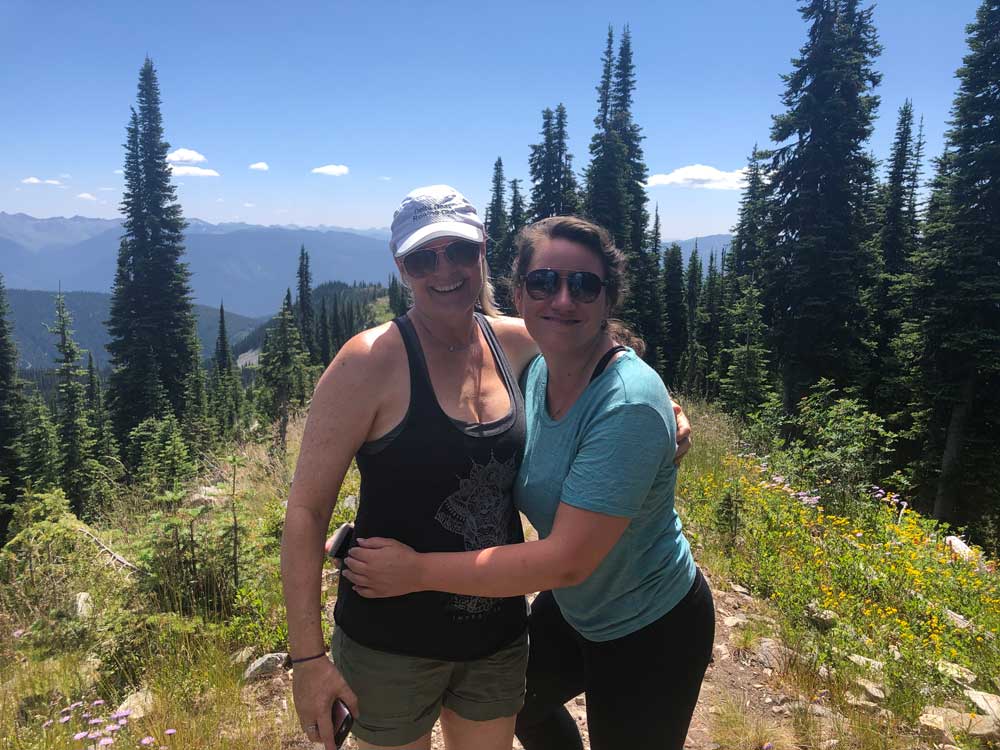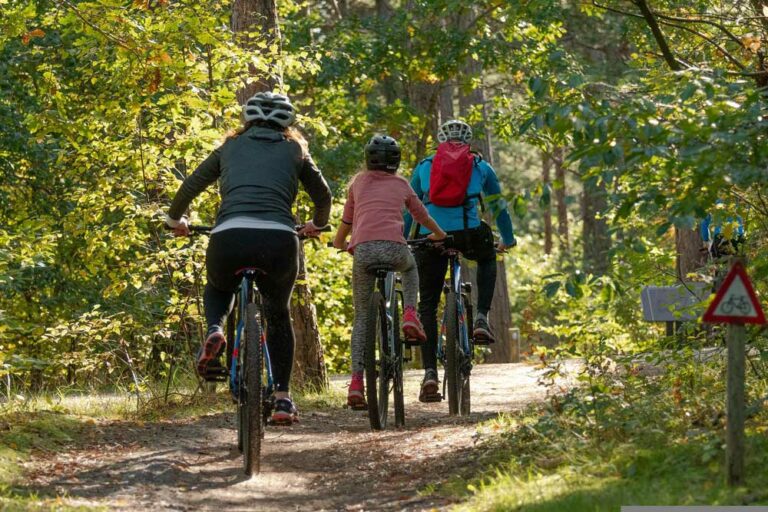What is quality of life?
As reported by the World Health Organization Quality of Life report (WHOQOL) quality of life is a broad ranging concept affected by the following factors:
- physical health,
- psychological state,
- level of independence,
- social relationships,
- personal beliefs, and
- one’s relationship to salient features of one’s environment
According to the The University of Toronto Quality of Life Research Unit quality of life can be defined by these three areas:
- Being – physical health, state of mind, emotions, values
- Belonging – connection to people, environment; access to community, health, education, recreation activities
- Becoming – taking care of health/social needs; engaging in activities to reduce stress, relax; adapting to change
Both institutions identify health as an integral aspect of quality of life, which suggests that in order to enjoy a reasonable quality of life, one must be in reasonably good health, or at the very least make an effort to take care of one’s health.
So what does it mean to be in ‘reasonably good health’? Is it merely enough to be free of disease? The Constitution of the World Health Organization (WHO) states, “health is a state of complete physical, mental and social well-being and not merely the absence of disease or infirmity”.

How can we ensure we take care of our health and positively impact our quality of life in ways that integrate these three dimensions of well-being mentioned above (physical, mental, social)? It’s as simple as doing things that meet our day-to-day needs. There are countless activities we can engage in that:
- use our bodies (physical)
- use our minds (mental)
- help us connect with other people in our community (social)
- help us connect with nature (physical and mental)
Here are some activity suggestions reflecting the definitions above:
- Going for a leisurely walk near the beach/in the woods with a loved one connects us to nature and to another person (even if we choose to walk in silence), while engaging in a physical activity that gets blood flowing, which in turn reduces stress and encourages overall well-being.
- Visiting a friend or relative in a care home or hospital. This connects us to another person, hopefully helping them cope with stress and/or loneliness, perhaps doing the same for us.
- Involving children in washing and putting away dishes or laundry connects the family while engaging in physical activity, perhaps reducing stress/pressure on one person from everyone pitching in, while teaching personal responsibility and healthy habits to children.
It doesn’t take much to have a positive impact on our health and well-being, which in turn can contribute to a good quality of life.
Other activities include:
- learning a new language
- cycling to run errands close to home
- training with a group for a marathon
- volunteering for a few hours per week/month
- cooking or baking for oneself/friends/family
- swimming
- massage



